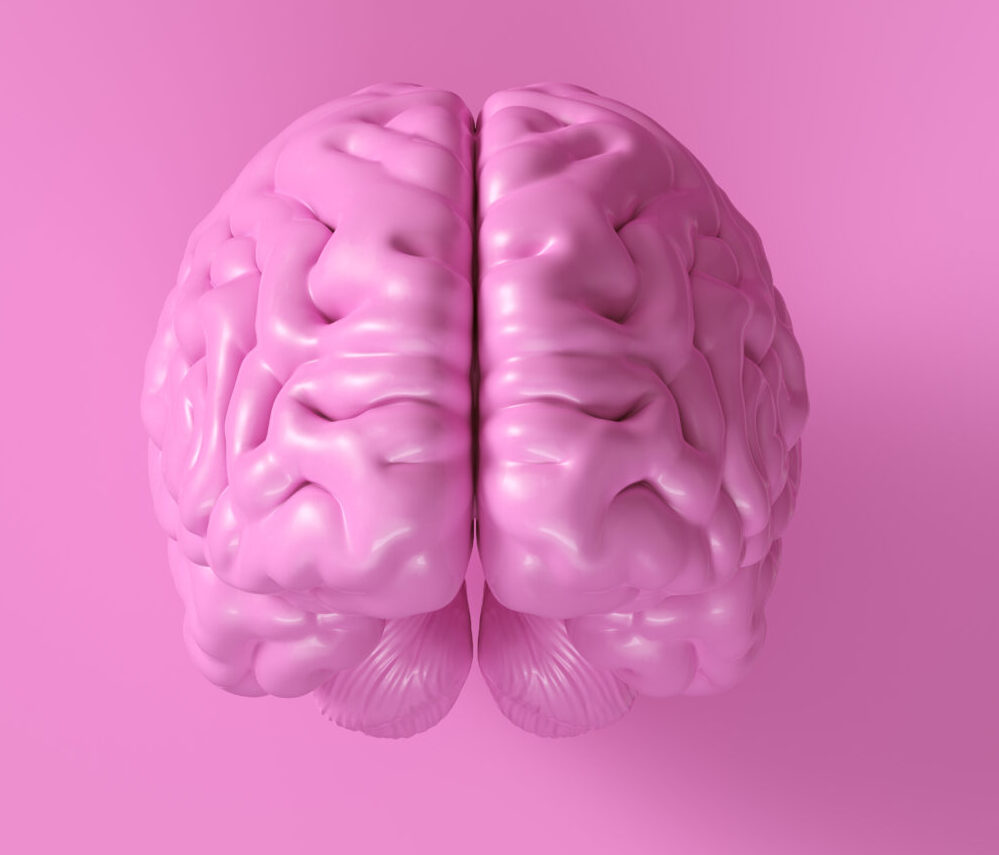Neurofibrillary Tangles: The Tau Story in Alzheimer’s
**Neurofibrillary Tangles: The Tau Story in Alzheimer’s**
Alzheimer’s disease is a complex condition that affects millions of people worldwide. It is characterized by two main abnormalities in the brain: amyloid plaques and neurofibrillary tangles. In this article, we will focus on neurofibrillary tangles and explore what they are, how they form, and their role in Alzheimer’s disease.
### What Are Neurofibrillary Tangles?
Neurofibrillary tangles are twisted fibers found inside the neurons of the brain. These tangles are primarily made up of a protein called tau. Normally, tau helps stabilize the structure of neurons, but in Alzheimer’s disease, it becomes abnormal and forms these tangled bundles.
### How Do Neurofibrillary Tangles Form?
The formation of neurofibrillary tangles is a result of a complex process involving the protein tau. In healthy brains, tau helps maintain the structure of neurons by forming microtubules, which are like the tracks that allow neurons to transport important molecules. However, in Alzheimer’s disease, tau becomes hyperphosphorylated, meaning it is abnormally modified by adding phosphate groups. This modification causes tau to break away from its normal function and start forming these twisted fibers.
### The Role of Neurofibrillary Tangles in Alzheimer’s Disease
Neurofibrillary tangles play a significant role in the progression of Alzheimer’s disease. They contribute to the death of neurons, which in turn leads to cognitive decline and memory loss. The presence of these tangles disrupts the normal functioning of neurons, causing them to lose their ability to communicate effectively. This disruption leads to a cascade of events that ultimately result in the symptoms associated with Alzheimer’s disease.
### Microglial Polarization and Neuroinflammation
In addition to the direct damage caused by neurofibrillary tangles, there is also an inflammatory response in the brain. Microglial cells, which are the brain’s immune cells, can become polarized, shifting between pro-inflammatory and anti-inflammatory phenotypes. In Alzheimer’s disease, microglia often become pro-inflammatory, releasing cytokines and other inflammatory molecules that exacerbate neuronal damage and contribute to cognitive decline[3].
### Current Research and Potential Treatments
Scientists are actively researching ways to treat Alzheimer’s disease, focusing on both amyloid plaques and neurofibrillary tangles. Some studies suggest that inhaling xenon gas can activate brain immune cells to break down Alzheimer’s-related plaques and reduce inflammation[4]. Additionally, researchers are exploring new treatments that target the underlying biology of Alzheimer’s disease, such as aducanumab and lecanemab, which aim to remove beta-amyloid from the brain and reduce tau pathology[2].
### Conclusion
Neurofibrillary tangles are a critical component of Alzheimer’s disease, contributing to the progressive loss of cognitive function and memory. Understanding the role of tau and the formation of these tangles is essential for developing effective treatments. While significant progress has been made in research, there is still much to be discovered about this complex disease. Continued research and innovative treatments hold promise for improving the lives of those affected by Alzheimer’s disease.





